Living in an apartment doesn’t mean you have to forgo the joy of pet ownership. Mini mammals offer all the companionship of larger pets while fitting perfectly into smaller living spaces. These pint-sized companions bring enormous personality and entertainment value without requiring expansive room to roam. From pocket-sized hamsters to sociable guinea pigs, these small creatures can transform apartment living with their charming antics and affectionate bonds. Let’s explore the wonderful world of mini mammal pets that thrive in apartment settings, examining their unique characteristics, care requirements, and the special joy they bring to compact living spaces.
Hamsters: The Classic Apartment Companion

Hamsters remain one of the most popular small pets for apartment dwellers, and for good reason. These nocturnal rodents typically require minimal space, with a standard cage of 24 x 12 inches providing sufficient room for a Syrian hamster, while dwarf varieties can manage with slightly smaller accommodations. Their self-contained habitat means they don’t need to roam your apartment, though supervised playtime outside their cage can provide enrichment. Hamsters are generally low-maintenance, requiring weekly habitat cleaning, daily feeding, fresh water, and occasional handling to maintain socialization. Their independent nature makes them perfect for busy apartment residents who might not be home during daytime hours when these nocturnal creatures are typically sleeping.
Gerbils: Social Sandbathers
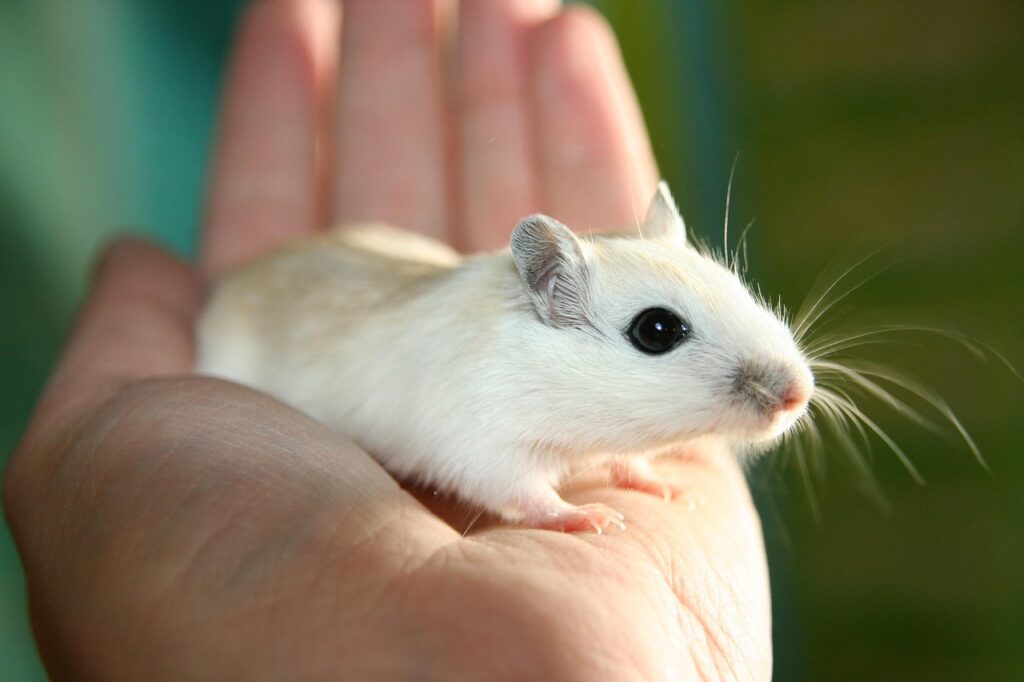
Gerbils offer apartment dwellers the joy of watching highly social creatures interact in fascinating ways. Unlike solitary hamsters, gerbils thrive in same-sex pairs or small groups, creating a dynamic habitat full of interaction and play. These desert natives are known for their entertaining sand-bathing behavior, which helps them keep clean and provides hours of viewing entertainment. Gerbils are diurnal, meaning they’re active during daylight hours when you’re most likely to be home to enjoy their antics. Their natural burrowing instincts mean they appreciate deep bedding where they can create elaborate tunnel systems, transforming their habitat into an ever-changing landscape of gerbil engineering that provides endless fascination for their human companions.
Guinea Pigs: Vocal Vegetarians

Guinea pigs bring a special charm to apartment living with their expressive vocalizations and social nature. These larger rodents communicate through a variety of wheeking, purring, and chattering sounds, essentially “talking” to their owners when excited about food or attention. While they require more space than hamsters or gerbils – at least 7.5 square feet for a pair – their habitats can still fit comfortably in apartment settings without overwhelming the space. Guinea pigs are herbivores requiring fresh vegetables daily, particularly foods rich in Vitamin C which they cannot produce themselves. Their longer lifespan of 5-7 years allows for deeper bonds to form, making them wonderful long-term companions for apartment dwellers seeking a more interactive pet experience.
Fancy Rats: The Misunderstood Geniuses
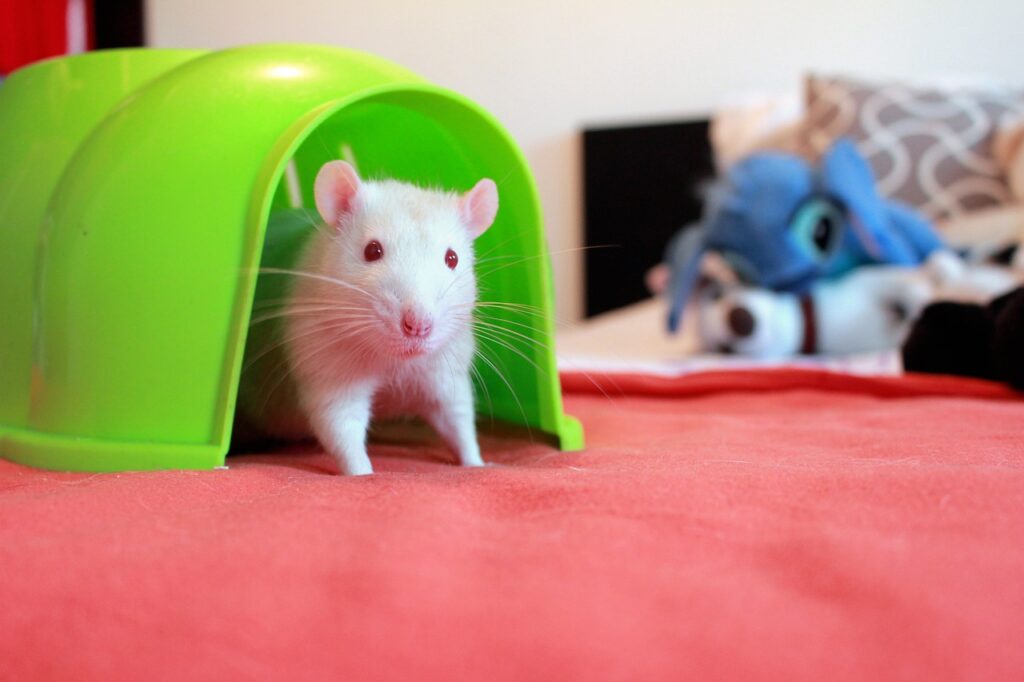
Fancy rats challenge common misconceptions as they rank among the cleanest and most intelligent small pets available for apartment living. These highly social creatures form deep bonds with their owners, often running to the cage door in greeting and enjoying riding on shoulders or in pockets during human interaction time. Their remarkable intelligence allows them to learn their names, come when called, and even master simple tricks with patient training. Rats thrive in same-sex pairs or small groups, requiring a multi-level cage that provides climbing opportunities while maintaining a relatively small footprint in your apartment. With proper care, including daily interaction and cage cleaning every few days, these affectionate pets typically live 2-3 years, offering apartment dwellers a short but intensely rewarding companionship experience.
Mice: Tiny Acrobats
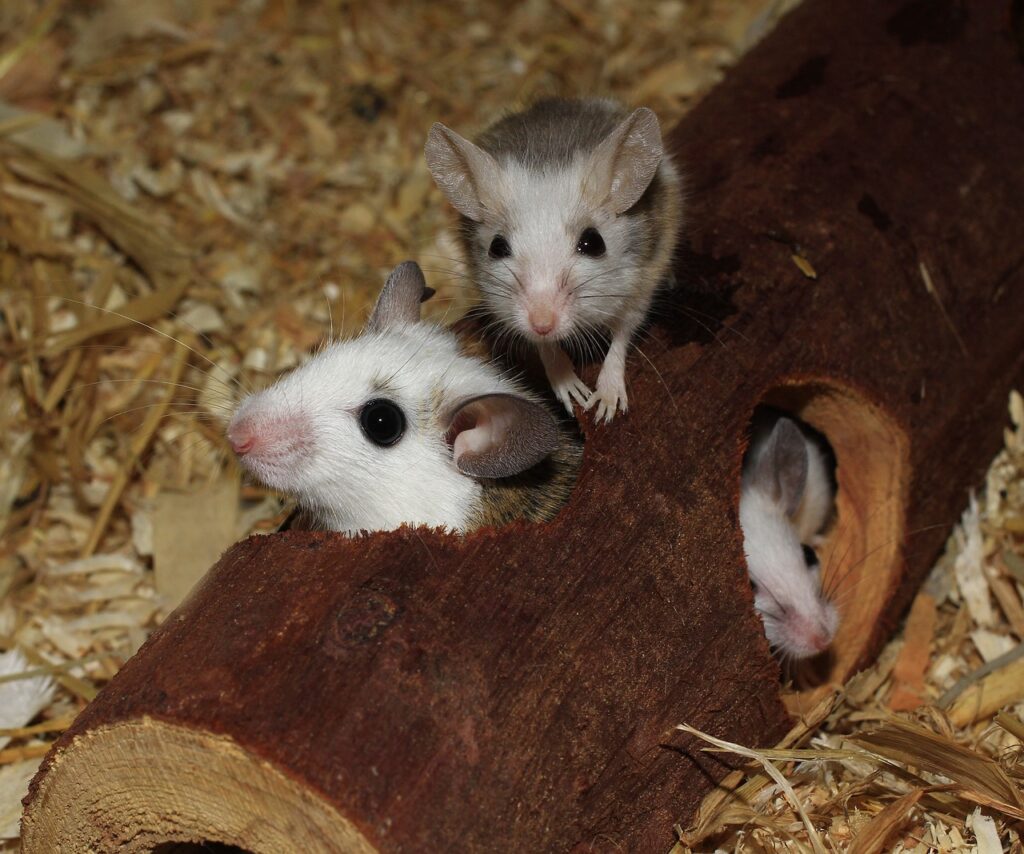
Mice offer apartment dwellers the opportunity to observe complex social behaviors in an extremely space-efficient habitat. These diminutive creatures require minimal square footage – a 20-gallon tank or specialized mouse cage provides ample room for a small group of females, who typically cohabitate peacefully. Males, however, should be kept separately to prevent territorial conflicts. What mice lack in size, they make up for in activity level, spending their waking hours climbing, exploring, and rearranging their environment with surprising strength and determination. Their naturally short lifespan of 1-2 years means a lesser time commitment than some other small pets, making them appropriate for apartment dwellers with uncertain future living arrangements. Despite their tiny size, mice recognize their owners and can become surprisingly interactive with regular, gentle handling.
Degus: Diurnal Socializers
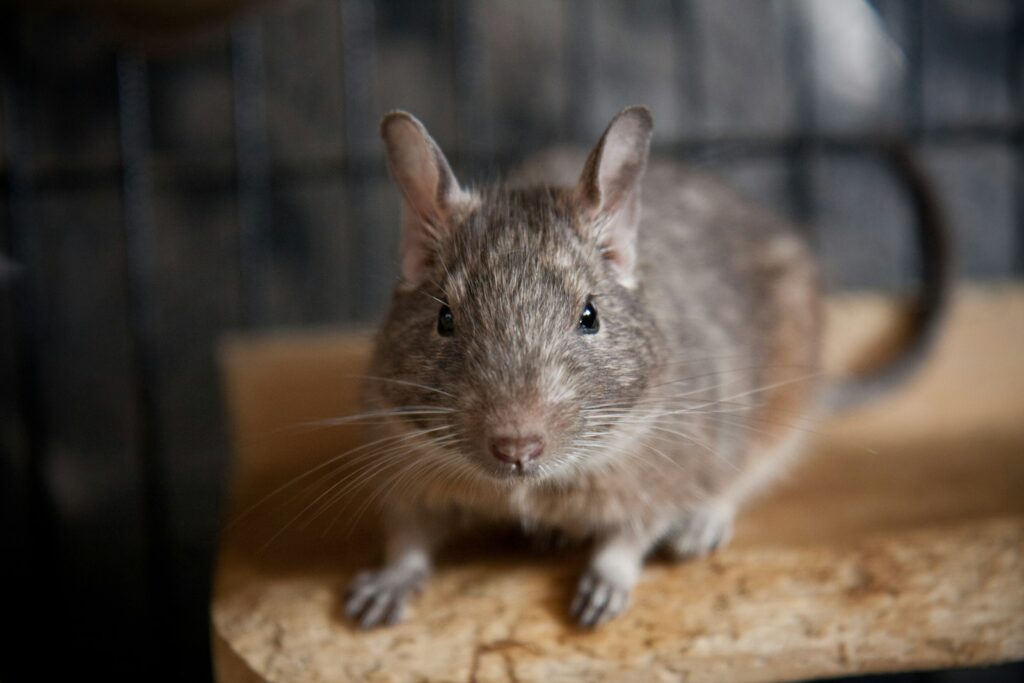
Degus represent an excellent choice for apartment dwellers seeking active, daytime companions with complex social behaviors. Native to Chile, these squirrel-like rodents are highly social and should always be kept in pairs or small groups to prevent depression and behavioral problems. Unlike many small pets, degus are strictly diurnal, meaning they’re most active during daylight hours when you can fully appreciate their playful antics and interactions. Their high intelligence manifests in problem-solving abilities and environmental manipulation, requiring enrichment through toys, climbing structures, and regular out-of-cage time in a secure playpen. Degus have an impressively long lifespan of 6-8 years with proper care, offering apartment dwellers a long-term companion that can move with them through multiple living situations.
Chinchillas: Dust-Bathing Divas

Chinchillas bring a touch of exotic elegance to apartment living with their luxuriously dense fur and captivating personalities. These South American natives are crepuscular, meaning they’re most active during dawn and dusk, fitting well with many working professionals’ schedules. While chinchillas require larger cages than some other small mammals – ideally multi-level enclosures at least 4 feet tall – their habitats can still fit comfortably in apartment settings. Their most distinctive and entertaining behavior is dust bathing, where they roll enthusiastically in specialized volcanic ash to maintain their plush coats, providing delightful viewing for their owners. With proper care including appropriate temperature control (they cannot tolerate heat above 75°F), chinchillas can live an impressive 10-15 years, making them one of the longest commitments among apartment-suitable mammals.
Hedgehogs: Spiky Soloists
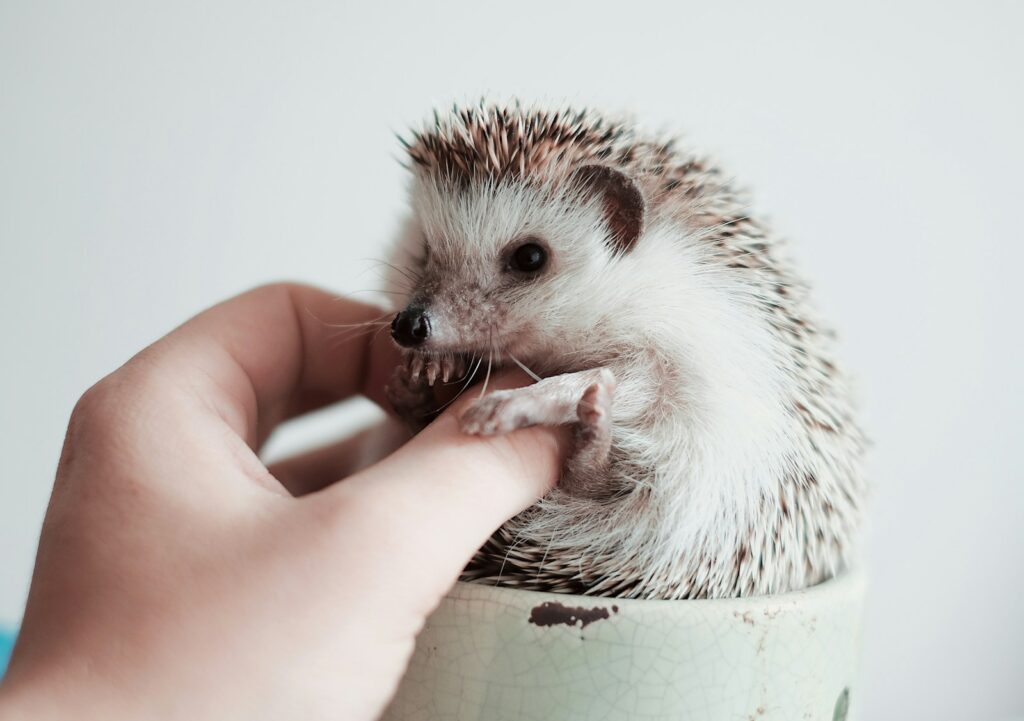
Hedgehogs offer apartment dwellers a truly unique pet experience with their distinctive appearance and independent nature. These solitary creatures require individual housing, making them well-suited for smaller living spaces where multi-pet setups might be challenging. A properly set up hedgehog habitat needs only about 4 square feet of floor space with solid sides at least 12 inches high to prevent escape attempts. Temperature regulation is crucial for these exotic pets, as they require ambient temperatures between 72-80°F to prevent hibernation attempts that can be dangerous in captivity. Hedgehogs are naturally nocturnal but can adjust somewhat to their owner’s schedule with consistent handling and socialization, though they typically remain more reserved than some other small pets, appealing to apartment dwellers who appreciate a less demanding companion.
Managing Noise and Odor in Apartment Settings

Successfully keeping mini mammals in apartments requires strategic management of potential noise and odor issues to maintain harmonious relationships with neighbors. For noise concerns, consider selecting naturally quieter species like mice or hamsters over more vocal ones like guinea pigs, or position cages away from shared walls to minimize sound transmission. Exercise wheels with ball bearings rather than plastic models significantly reduce nighttime noise from nocturnal species. Odor management begins with selecting appropriate bedding materials, with paper-based products generally offering superior absorption compared to wood shavings. Establish a consistent cleaning schedule, typically performing spot-cleaning daily and complete habitat overhauls weekly, adjusting frequency based on your specific pet’s habits and habitat size. Air purifiers positioned near pet habitats can further reduce odors, while natural odor absorbers like activated charcoal placed near (but not in) cages provide additional odor control without introducing potentially harmful scented products to sensitive small mammals.
Creating Enrichment in Limited Space

Apartment living necessitates creative approaches to providing environmental enrichment for mini mammals within spatial constraints. Vertical space utilization offers an excellent solution, with multi-level habitats providing climbing opportunities and expanded living area without increasing the enclosure’s footprint. Rotating toys rather than permanently placing all enrichment items simultaneously keeps the environment novel and stimulating while preventing habitat overcrowding. Foraging opportunities created by hiding treats within bedding or specialized puzzle feeders engage natural behaviors and provide mental stimulation that reduces stress and prevents boredom-related behaviors. For species that safely tolerate it, creating apartment-friendly exercise spaces using pet playpens or bathroom areas with doors closed allows for supervised exploration outside the primary habitat, providing additional enrichment without permanently dedicating apartment space to pet activities.
Allergy Considerations for Close Quarters
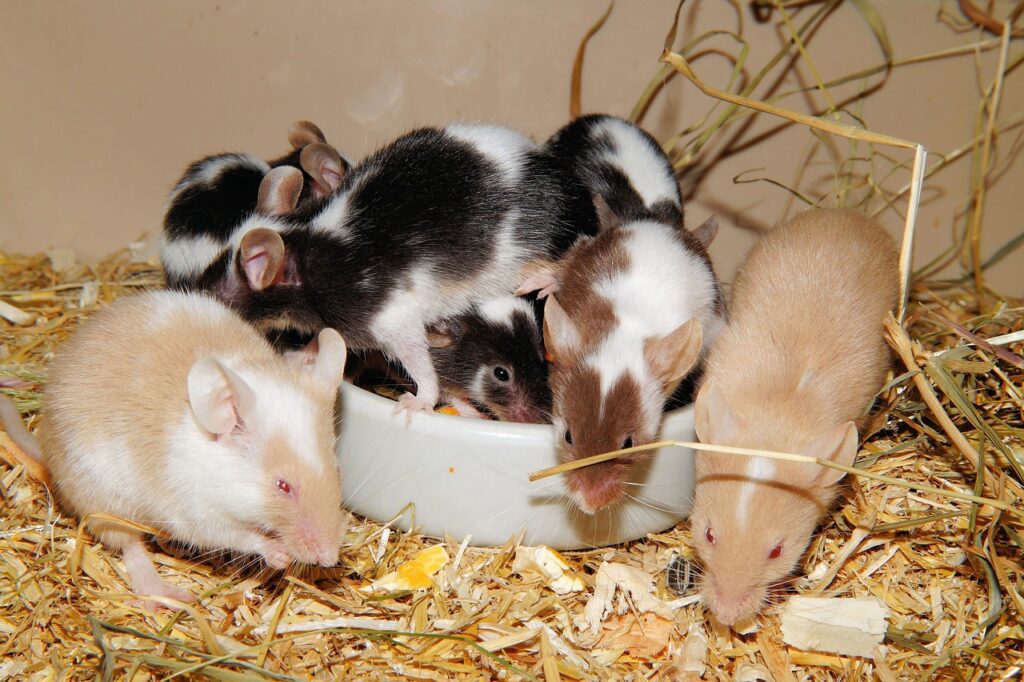
Living in close proximity with small mammals in apartment settings requires special attention to potential allergy concerns that become magnified in limited space. Contrary to popular belief, most people with animal allergies react not to fur itself but to proteins found in saliva, urine, and dander that become airborne when dry. Species selection can significantly impact allergy management, with gerbils and chinchillas typically producing fewer allergens than hamsters or mice due to their different grooming habits and natural habitat adaptations. Maintenance practices greatly influence allergen levels, with frequent habitat cleaning using HEPA-filtered vacuum cleaners for surrounding areas and daily wiping of solid surfaces near enclosures dramatically reducing allergen accumulation. Creating a designated “clean zone” in the apartment where the pet and its habitat never enter, particularly bedrooms, allows allergy sufferers a space to retreat if symptoms flare up despite preventative measures.
Building Bonds in Small Spaces
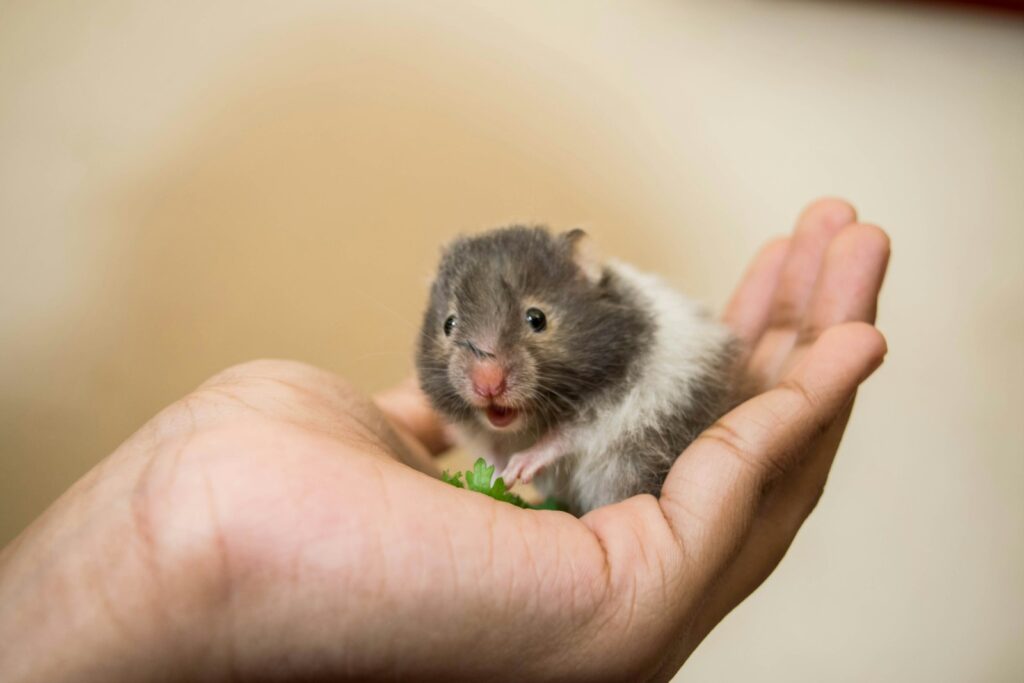
The intimate nature of apartment living creates unique opportunities for developing deep connections with mini mammal companions through consistent close interaction. Establishing a regular handling routine appropriate to your specific pet’s species needs helps overcome initial timidity and builds trust, with even naturally skittish species like hedgehogs gradually accepting and even enjoying human contact with patient, gentle persistence. Creating positive associations by offering favorite treats during interaction sessions reinforces the bond while teaching pets to associate your presence with pleasant experiences rather than stress or fear. Recognizing and respecting individual personality differences remains crucial, as even within the same species, some individuals naturally demonstrate more affinity for human interaction than others. For species that tolerate it, providing supervised exploration of the apartment within safety parameters allows pets to experience their human’s entire living space, creating shared territory that strengthens the human-animal bond in ways confined to larger homes with dedicated pet rooms.
Ethical Considerations for Apartment Pet Keeping
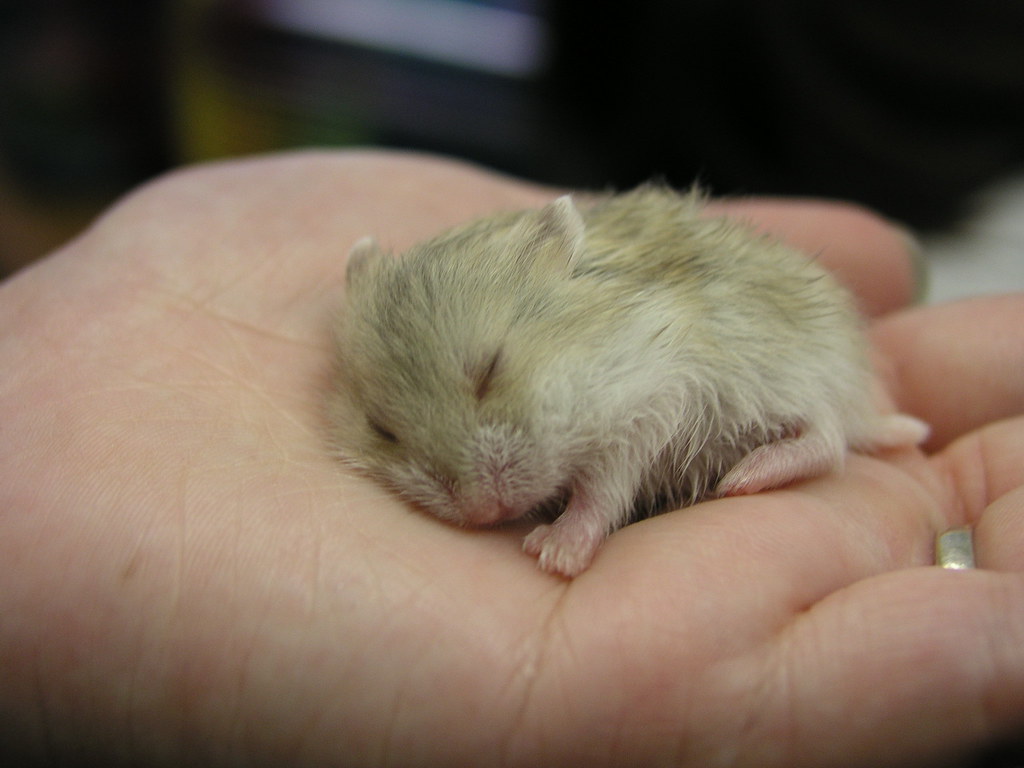
Responsible apartment pet ownership necessitates honest evaluation of ethical considerations unique to keeping small mammals in limited spaces. Thoroughly researching species-specific needs before acquisition ensures you can provide appropriate care within your living constraints, preventing situations where animals suffer due to inadequate accommodations. Consider your pet’s perspective by providing hiding places that offer security and stress reduction, especially important in busy apartments where animals may feel exposed or overwhelmed by human activity. Ensure arrangements exist for pet care during vacations or emergencies, particularly challenging for apartment dwellers who may have limited local support networks. Perhaps most importantly, commit to providing regular veterinary care from exotic animal specialists, understanding that while small mammals often have lower purchase costs than traditional pets, their specialized healthcare needs require financial commitment throughout their lives, regardless of how small or seemingly simple they appear.
Living with mini mammals in apartment settings offers unique joys and challenges that, when approached thoughtfully, result in rewarding relationships beneficial to both humans and animals. These pint-sized companions demonstrate that meaningful pet ownership doesn’t require expansive space – just dedication, knowledge, and creativity. Whether you’re drawn to the quiet companionship of a hamster, the interactive playfulness of rats, or the exotic appeal of hedgehogs, there’s a mini mammal perfectly suited to complement your apartment lifestyle. By selecting the species that best matches your living situation and commitment level, providing appropriate habitat enrichment, and managing potential challenges proactively, you’ll discover that these small but entertaining companions bring immeasurable joy to apartment living through their outsized personalities and distinctive charms

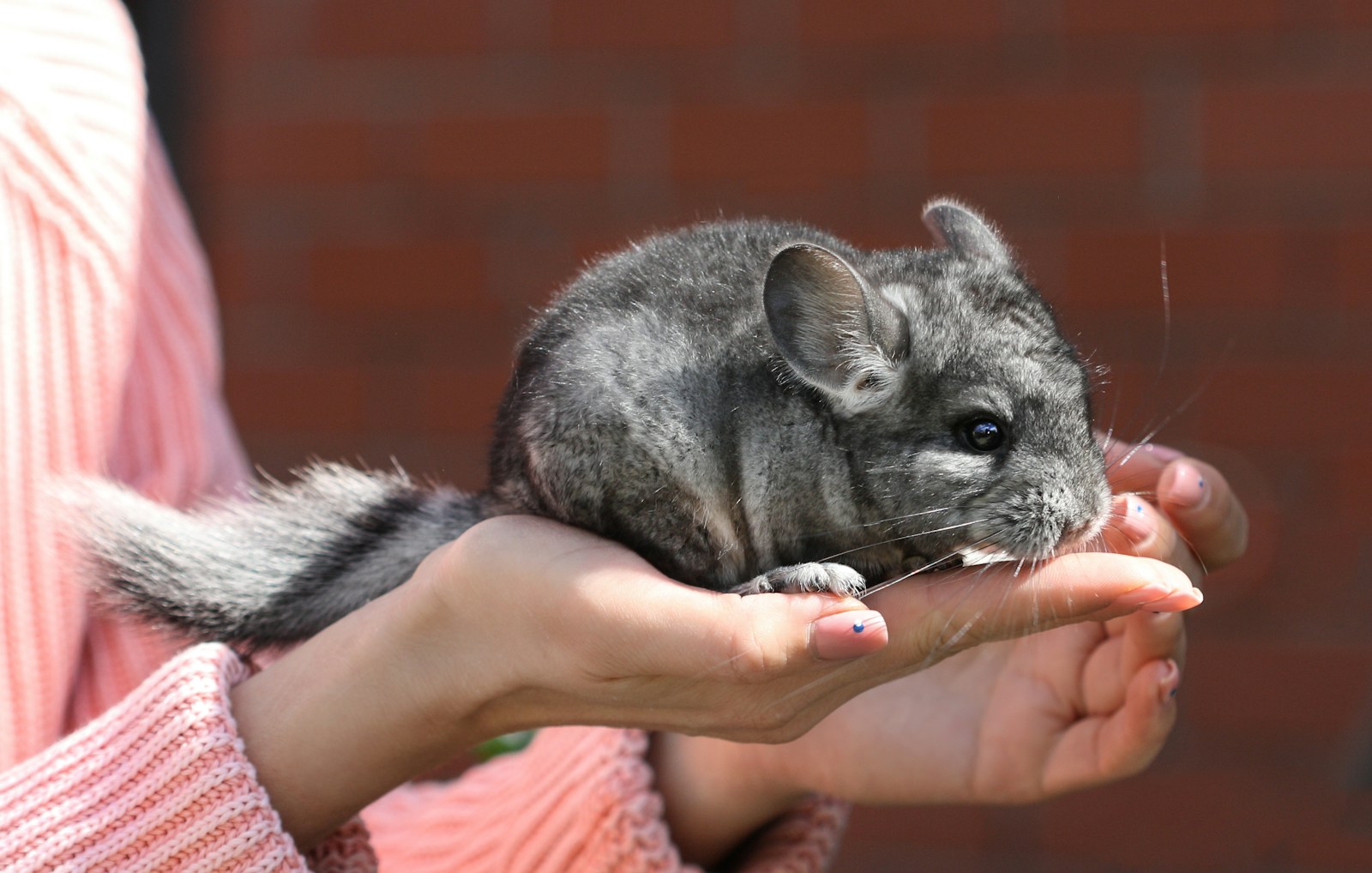

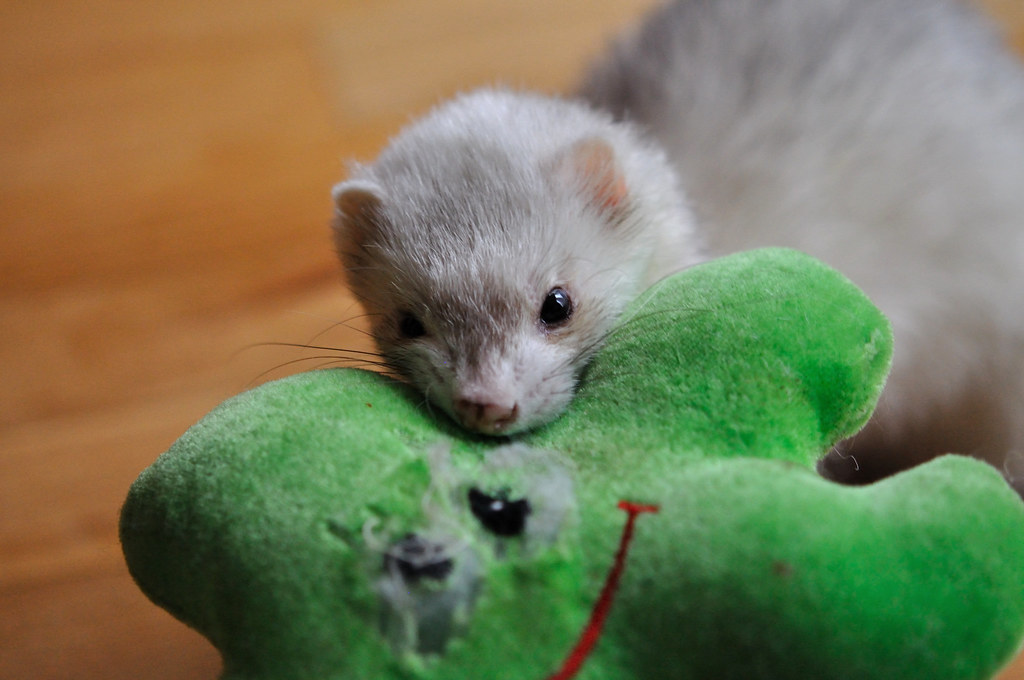

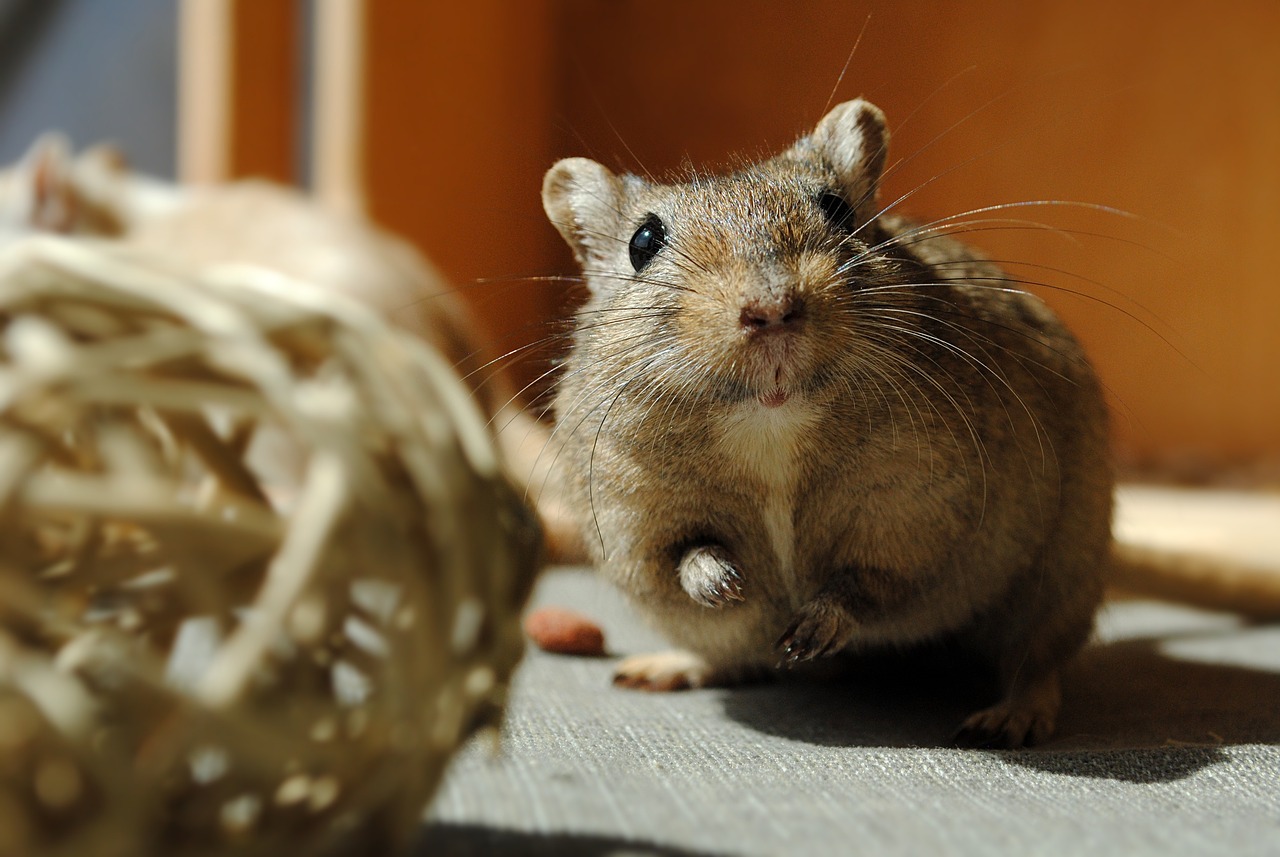

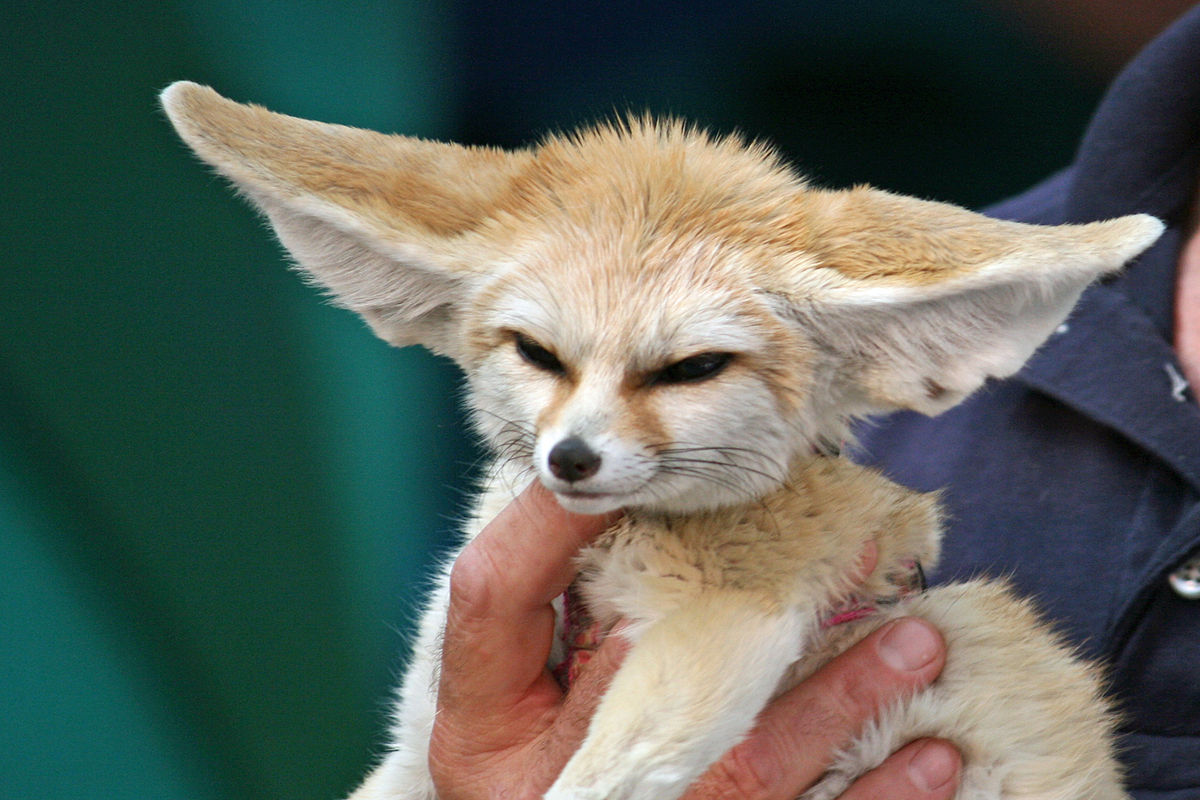



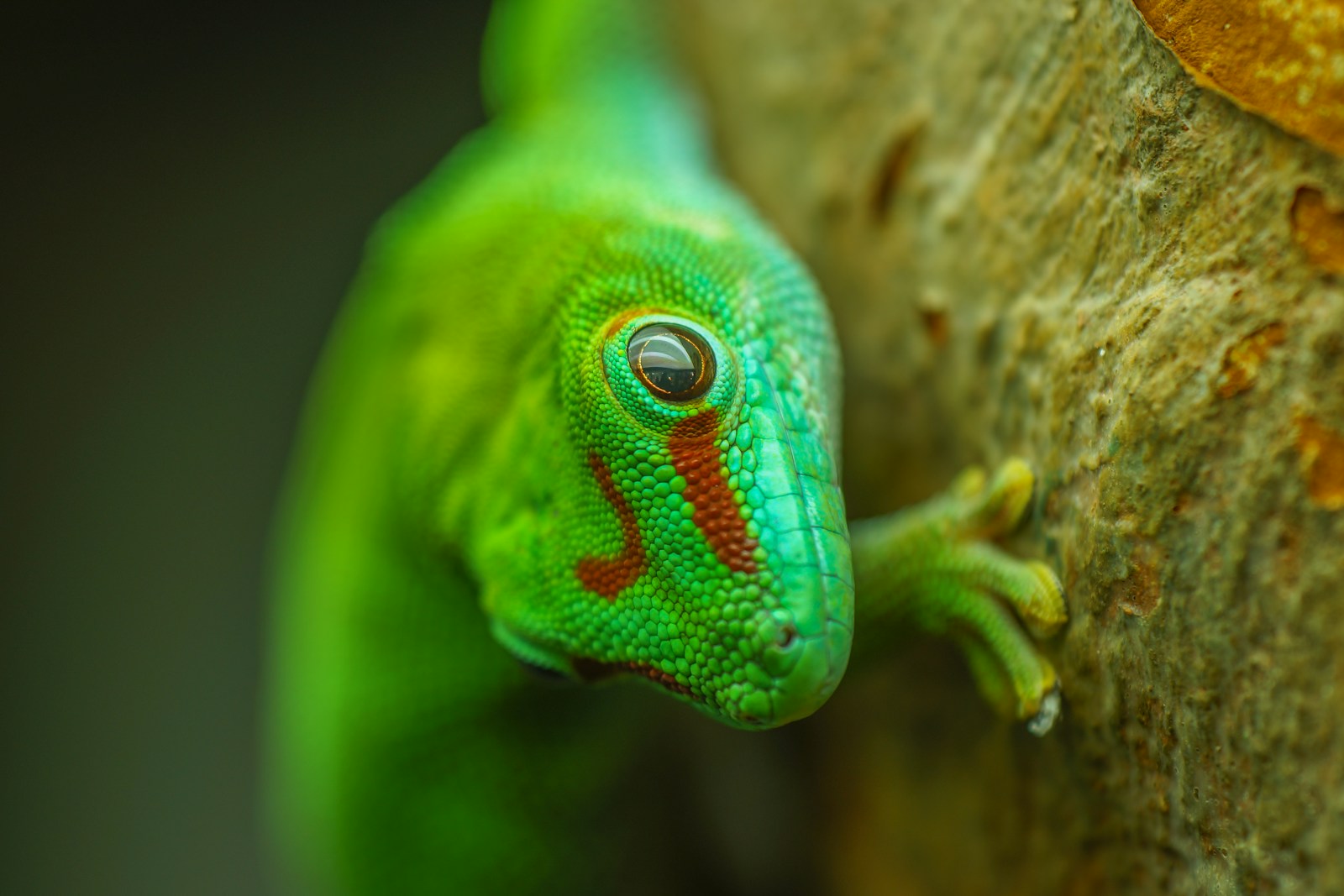




Leave a Reply